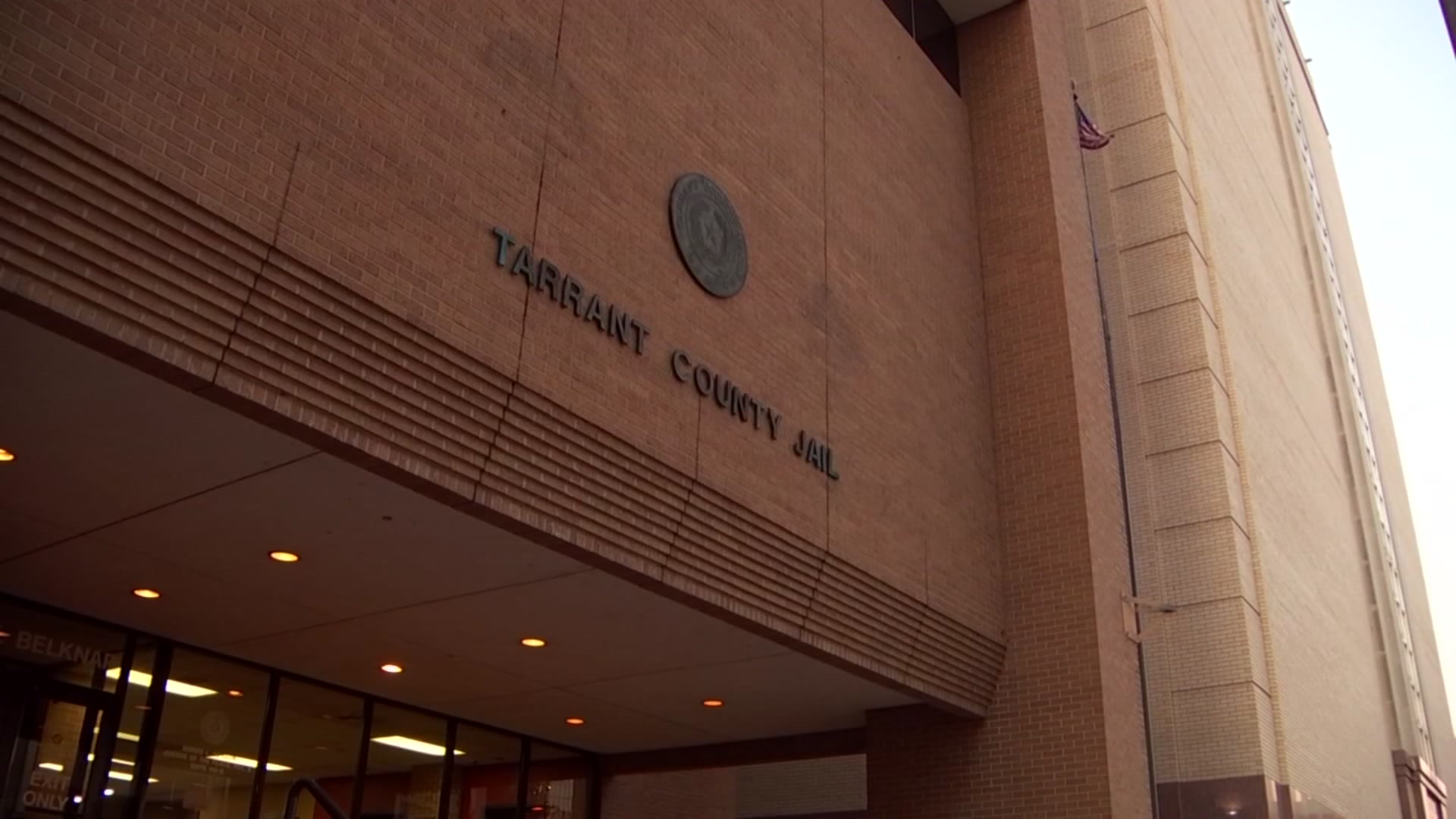Only 19 U.S. airports have received sophisticated imaging machines that can detect explosives hidden in clothing.
Security experts say the scanners may be the best defense in stopping attacks such as an attempt to bomb a Detroit-bound aircraft Christmas Day.
The Transportation Security Administration wants to install more of the devices, known as whole-body imaging scanners, but the agency has met resistance from civil liberties groups, passengers and some members of Congress.
Dallas/Fort Worth International Airport, the nation's third busiest, has just two of the machines.
The scanners are able to detect weapons and explosives in places security screeners are not allowed to touch in physical pat-down searches, such as the groin area and even body cavities where items could be concealed.
Government investigators say they believe Umar Farouk Abdulmutallab, the man accused of attempting to blow up a Northwest Airlines flight on Christmas Day, hid the explosives he used inside his underwear.
The Associated Press reported Monday that Abdulmutallab did not pass through a whole-body imaging scanner before boarding the Northwest flight in Amsterdam, Netherlands. European airports are using the imaging machines only in limited cases.
Dallas-based aviation security consultant Clive Miskin said whole-body scanners may be the best technology to prevent the terrorists from personally carrying explosives onto planes.
Local
The latest news from around North Texas.
"That's one piece of technology that can help and it will help apprehend bad people with bad intentions," said Miskin, managing director of International Security Defense Systems LLC.
Miskin's partner, Chaim Koppel, said recent events may push governments to install the machines at more airports.
"Slowly, we're going to see more them in the States, in Europe, in South America," he said.
The American Civil Liberties Union has opposed the imaging machines, arguing that the body images they produce are too revealing. And some members of Congress have supported legislation that would limit their use, allowing passengers to opt out and submit to a pat-down search instead.
In an effort to increase privacy, the TSA screeners who read the images are placed in a separate room so they are not able to see the passenger who is being shown on the imaging screen.
Travelers at DFW Airport were divided.
"It's not like you're taking a picture and posting it on the Internet or selling it in a magazine," said Paul LeBon. "It's just a scan that lasts for 10 seconds.
"I am going to take issue with people being able to look at my children's bodies and my body," said Tamara Haddox, another traveler.
The TSA currently has 150 additional body imaging devices machines on order. But that's not nearly enough to cover all of the nation's airports.



